
Advanced Venue Management: Using Physical AI and LiDAR for Crowd Analytics
Physical AI and LiDAR crowd analytics empower venues with real-time spatial intelligence, enhancing visitor experience and operational efficiency.
Table of Contents
- Understanding Modern Crowd Analytics
- The Emergence of Physical AI in Venue Management
- LiDAR Technology: A New Standard for Crowd Monitoring
- Real-Time Data Applications in Venue Operations
- Enhancing Visitor Experience Through Spatial Intelligence
- Operational Efficiency Benefits for Venue Managers
- Implementation Strategies and Best Practices
- Future Trends in Venue Analytics
Introduction
The management of crowds in venues has evolved dramatically over the past decade, moving from simple headcounts to sophisticated analytics systems that provide detailed insights into visitor behavior, movement patterns, and space utilization. Today's venue operators—whether managing stadiums, airports, shopping malls, or convention centers—face increasing pressure to deliver exceptional visitor experiences while maintaining safety standards and optimizing operational resources.
Traditional methods of crowd management relied heavily on manual observation, historical data, and reactive approaches. These methods often fell short during peak times or unexpected situations, leading to bottlenecks, security concerns, and diminished visitor satisfaction. The limitations became particularly evident as venues grew in size and complexity, hosting thousands of visitors simultaneously across multiple areas.
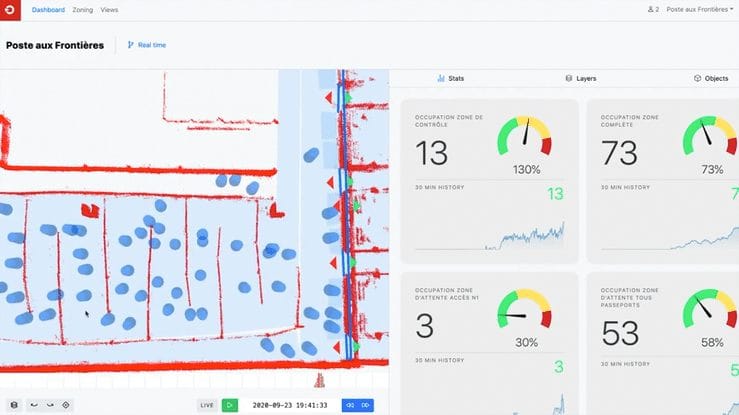
The integration of these technologies marks a transition from reactive to proactive venue management—where potential issues can be identified and addressed before they impact the visitor experience. This approach not only improves operational efficiency but fundamentally transforms how venues interact with and serve their visitors, creating more responsive, adaptive, and people-centered spaces.
Understanding Modern Crowd Analytics
Crowd analytics has undergone a remarkable transformation from simple people-counting to comprehensive behavioral analysis. Traditional methods relied on turnstile counts, manual observations, or basic camera systems that provided limited insights into crowd dynamics. These approaches offered only snapshots of attendance numbers without revealing the nuanced patterns of movement, dwell times, or interaction with different venue areas.
Modern crowd analytics leverages advanced sensing technologies and sophisticated algorithms to create a multi-dimensional understanding of how people move through and interact with physical spaces. This evolution enables venue operators to track not just how many people are present, but how they flow through different areas, where congestion occurs, which attractions generate the most interest, and how environmental factors influence behavior patterns.
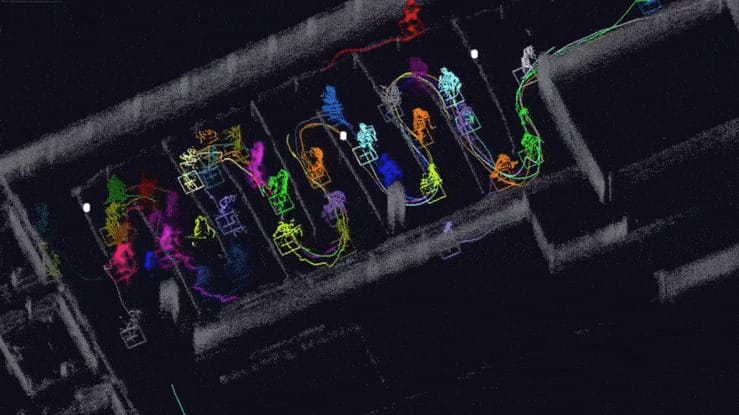
The shift from simple counting to comprehensive analytics has been driven by both technological advancements and changing expectations from venue operators and visitors alike. As venues become more complex and multi-purpose, understanding the intricate dynamics of crowd behavior becomes essential for effective management and service delivery.
The Emergence of Physical AI in Venue Management
Physical AI represents the convergence of artificial intelligence with the physical world, enabling systems to perceive, understand, and respond to real-world environments. In venue management, Physical AI creates a digital representation of the physical space and the people moving through it, allowing for unprecedented levels of spatial intelligence and situational awareness.
Unlike traditional AI systems that work primarily with digital data, Physical AI interfaces directly with the physical environment through sensors, creating a bridge between digital intelligence and real-world spaces. This capability is particularly valuable in venues where understanding the physical movement and behavior of large groups of people is critical to operations, safety, and visitor satisfaction.
The core components of Physical AI include perception systems (sensors that gather data about the physical space), processing algorithms (that interpret the raw sensor data into meaningful insights), and response mechanisms (that enable actions based on those insights). When applied to venue management, these components work together to create a comprehensive understanding of crowd dynamics that can inform real-time decision-making.
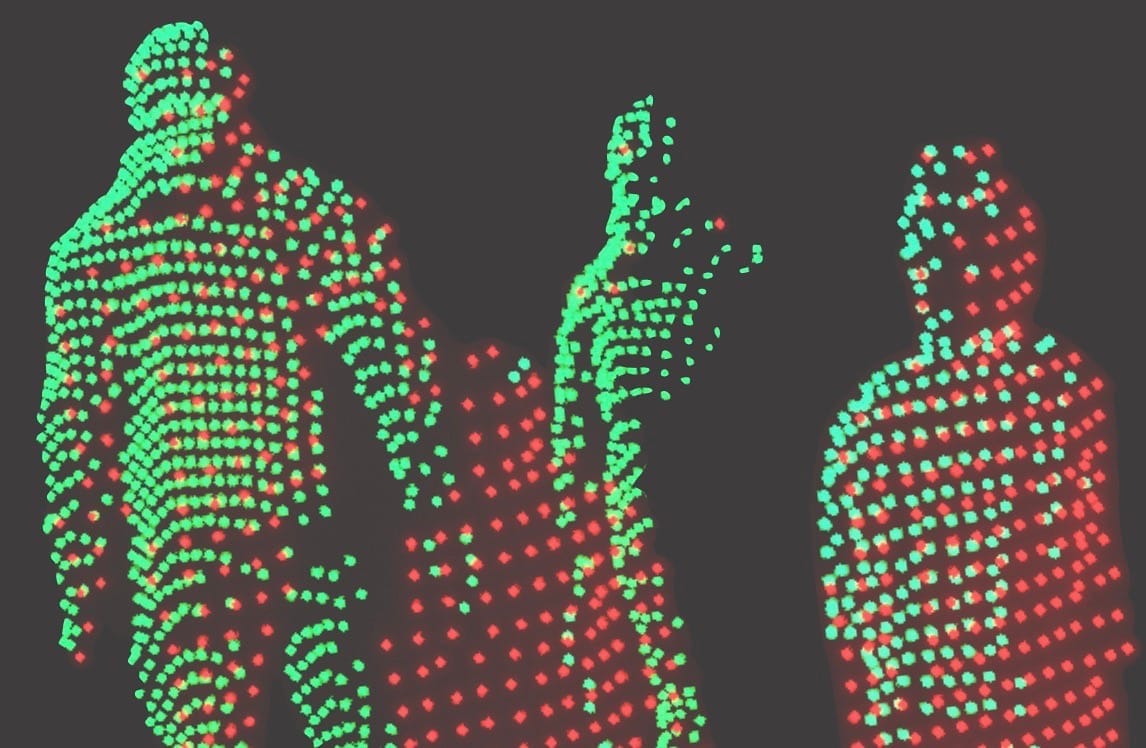
Companies like Outsight (https://www.outsight.ai) have pioneered the development of Physical AI solutions specifically designed for venue management, combining advanced sensor technology with sophisticated analytics platforms. These solutions are helping venue operators transition from reactive management to proactive optimization, using spatial intelligence to enhance both operational efficiency and visitor experience simultaneously.
LiDAR Technology: A New Standard for Crowd Monitoring
LiDAR (Light Detection and Ranging) technology has emerged as the most advanced and capable technology for crowd monitoring in venues, offering unprecedented precision and reliability compared to traditional methods. Unlike camera-based systems that capture 2D images, LiDAR creates detailed 3D point clouds by measuring the time it takes for emitted light pulses to return after hitting objects in the environment.
This fundamental difference in how LiDAR perceives space gives it significant advantages for crowd analytics applications. LiDAR sensors can accurately measure distances and create precise spatial maps regardless of lighting conditions, making them equally effective during daylight hours, at night, or in venues with variable lighting such as concert halls or stadiums during different event phases.
The 3D spatial data captured by LiDAR provides a comprehensive view of crowd density, movement patterns, and space utilization that 2D systems simply cannot match. This depth information allows venue operators to understand not just where people are congregating, but exactly how densely packed those areas are—critical information for safety management and crowd flow optimization.
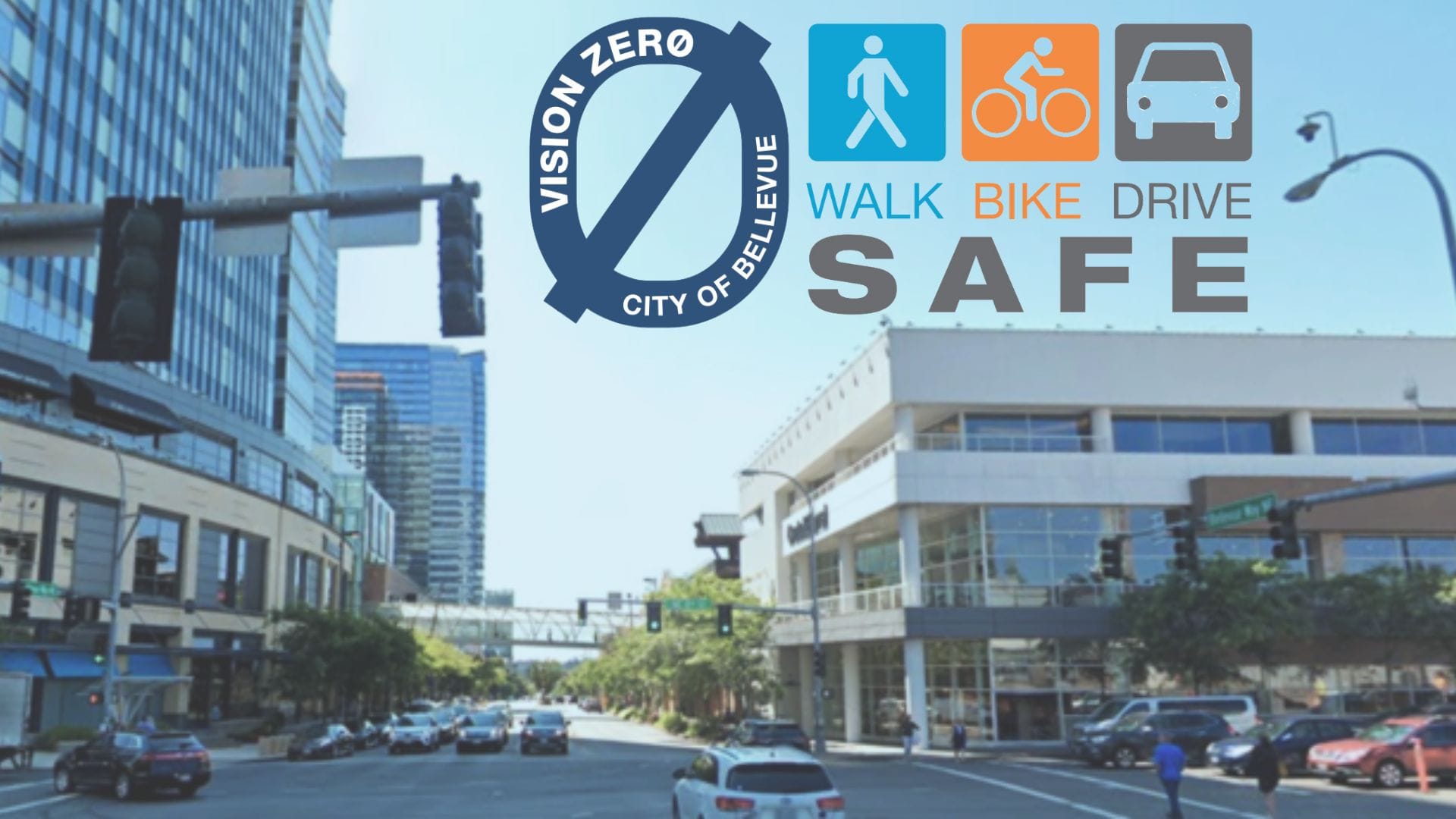
LiDAR systems can detect subtle changes in crowd density and flow that might indicate emerging issues before they become problematic. For example, a gradual slowdown in movement near an exit might indicate the early stages of congestion that could lead to bottlenecks. With this early warning, staff can be redirected to open additional exits or guide visitors to alternative routes before the situation impacts the overall visitor experience.
Real-Time Data Applications in Venue Operations
Real-time data has transformed venue operations from predetermined schedules to dynamic, responsive management systems. Traditional venue management relied heavily on historical patterns and fixed staffing plans, which often proved inadequate when faced with unexpected variations in visitor behavior or attendance. Real-time data systems provide immediate insights that enable adaptive management throughout the operational day.
The applications of real-time data span every aspect of venue operations. Security teams can monitor crowd density in real time to identify potential safety concerns before they escalate. Cleaning crews can be dispatched based on actual usage patterns rather than fixed schedules. Concession stands can adjust staffing and inventory based on current foot traffic and anticipated demand surges.
For large venues with multiple entry points, real-time data enables dynamic entry management—opening additional access points when sensors detect growing queues or redirecting visitors to less congested entrances. This adaptive approach minimizes wait times and creates a more positive first impression for visitors while optimizing staff allocation.
Real-time forecasting, built on immediate data inputs, allows venues to predict how current conditions will evolve over the next minutes or hours. This short-term predictive capability enables operators to stay ahead of changing conditions—preparing for crowd surges before they arrive at key areas, adjusting environmental controls before spaces become uncomfortable, or modifying staffing levels in anticipation of shifting demand patterns.
Enhancing Visitor Experience Through Spatial Intelligence
Spatial intelligence—the comprehensive understanding of how people interact with physical environments—has become a cornerstone of exceptional visitor experiences in modern venues. By analyzing movement patterns, dwell times, and interaction points, venue operators can identify both pain points and opportunities to enhance visitor satisfaction throughout their journey.
The visitor experience begins before arrival, with pre-visit information that can be optimized based on spatial intelligence insights. Venues can provide accurate guidance on the best arrival times, entry points, and routes based on historical patterns and current conditions. This proactive communication helps visitors plan their experience more effectively and sets realistic expectations from the outset.
Upon arrival, spatial intelligence enables venues to optimize the entry experience—often the first and most impactful interaction visitors have with the venue. By understanding typical flow patterns and identifying potential bottlenecks, venues can design more intuitive wayfinding, position staff at critical decision points, and create smoother transitions from entry to the main venue areas.
Within the venue, spatial intelligence helps operators understand which areas generate the most interest, where visitors tend to linger, and which pathways they naturally follow. These insights can inform everything from exhibit placement in museums to merchandise positioning in retail venues to seating arrangements in performance spaces—all optimized to align with natural visitor behavior rather than forcing unnatural movement patterns.
Operational Efficiency Benefits for Venue Managers
Operational efficiency represents one of the most compelling business cases for implementing advanced crowd analytics in venues. The insights generated through Physical AI and LiDAR technology translate directly into resource optimization, cost savings, and improved staff utilization across all operational areas.
Staffing represents one of the largest operational costs for venues, and crowd analytics enables precision staffing models based on actual need rather than estimates. Security personnel, customer service representatives, maintenance staff, and concession workers can all be deployed according to real-time and predicted demand patterns. This approach eliminates both costly overstaffing during slow periods and service gaps during unexpected surges.
Energy management benefits significantly from accurate occupancy data. HVAC systems, lighting, and other environmental controls can be adjusted automatically based on the number of people in different zones and their movement patterns. This dynamic approach to energy management can reduce utility costs by 15-30% compared to fixed schedules, while simultaneously improving comfort levels for visitors.
Maintenance and cleaning operations become more effective when informed by actual usage patterns rather than arbitrary schedules. High-traffic areas can receive more frequent attention, while less-used spaces might require less frequent service. This targeted approach ensures that resources are allocated where they'll have the greatest impact on visitor experience and facility condition.
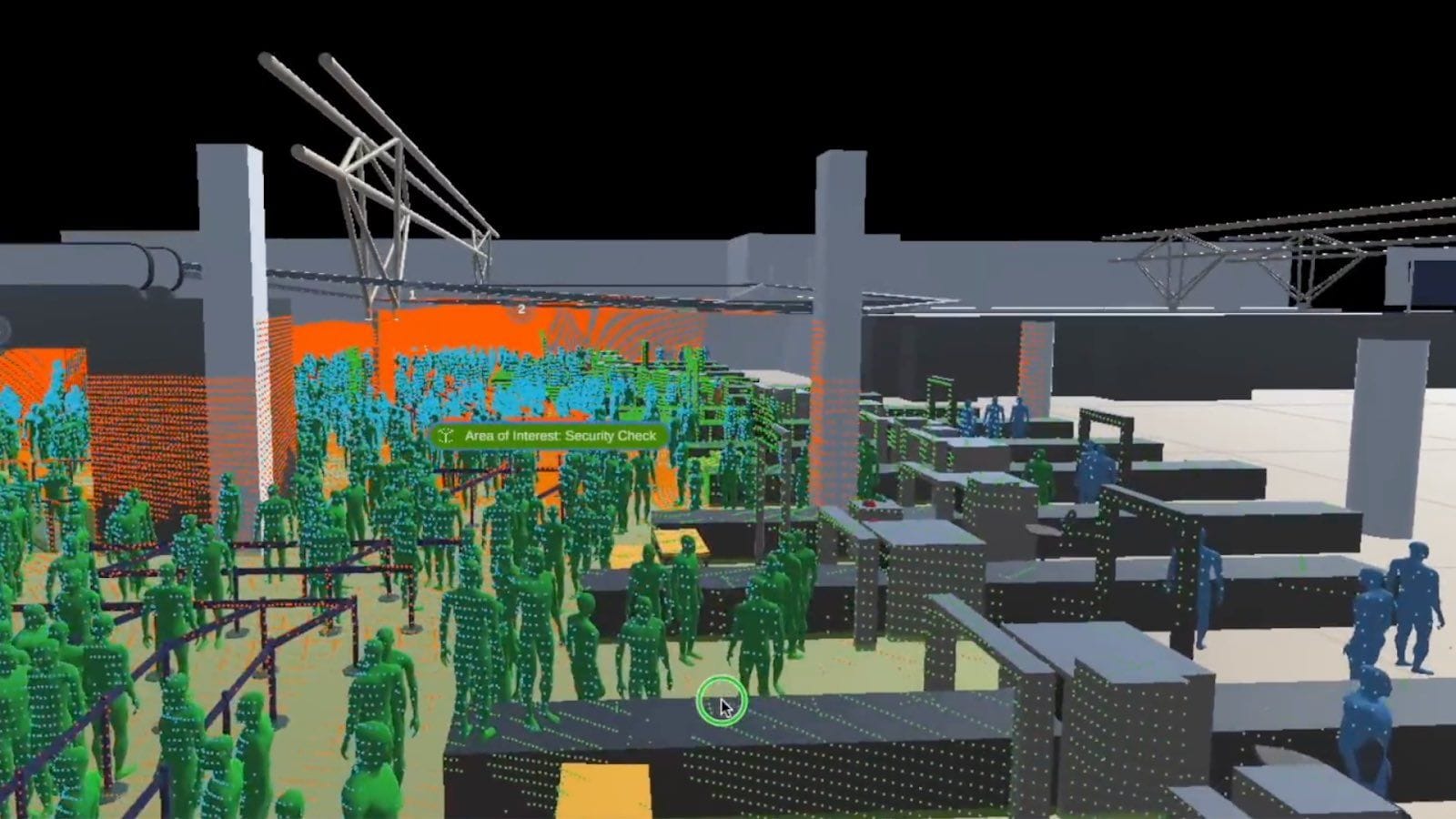
The financial impact of these efficiency improvements can be substantial. Beyond the direct cost savings in staffing, energy, and maintenance, venues often experience increased revenue through improved visitor satisfaction, longer dwell times, and higher spending per visitor. The comprehensive data provided by advanced analytics systems also enables more accurate ROI calculations for various operational initiatives and capital improvements.
Implementation Strategies and Best Practices
Implementing advanced crowd analytics requires thoughtful planning and a phased approach to ensure successful adoption and maximum value. Organizations that have successfully deployed these technologies typically follow several key best practices throughout the implementation process.
Beginning with clear objectives is essential for any crowd analytics implementation. Different venues may prioritize different outcomes—some focusing primarily on security and safety, others on visitor experience enhancement, and still others on operational efficiency. These priorities should guide technology selection, deployment strategy, and success metrics from the outset.
A phased implementation approach typically yields better results than attempting a complete system deployment at once. Many venues begin with a limited pilot in high-priority areas, allowing them to demonstrate value, refine their approach, and build internal expertise before expanding to full coverage. This incremental approach also helps manage budgetary considerations and minimize operational disruption.
Staff training and change management deserve particular attention during implementation. The transition from experience-based decision making to data-driven operations represents a significant cultural shift for many venue management teams. Providing comprehensive training, demonstrating early wins, and involving operational staff in the implementation process helps build buy-in and ensures that the technology's capabilities are fully utilized.
Companies like Outsight (https://insights.outsight.ai) have developed implementation frameworks specifically designed to address these challenges, combining technology deployment with the process changes and staff enablement needed to realize the full potential of advanced crowd analytics. Their experience across multiple venue types provides valuable guidance for organizations beginning their implementation journey.
Future Trends in Venue Analytics
The field of venue analytics continues to evolve rapidly, with several emerging trends poised to further transform how venues understand and manage crowds. These developments will expand both the capabilities of analytics systems and their applications across different venue types.
Predictive analytics represents the next frontier beyond real-time monitoring. By combining historical patterns with current conditions and external factors (like weather forecasts, upcoming events, or transportation disruptions), advanced systems can forecast crowd behavior with increasing accuracy. These predictions enable venue operators to implement proactive measures hours or even days in advance, rather than responding to conditions as they develop.
Multi-venue intelligence is emerging as venues recognize the value of understanding visitor journeys beyond their own boundaries. For example, a district with multiple attractions might implement a coordinated analytics system that tracks movement patterns throughout the entire area, enabling better district-wide planning and creating more seamless visitor experiences across multiple venues.
Integration with visitor mobile devices presents both opportunities and challenges. While privacy considerations must be carefully addressed, the combination of spatial analytics with opt-in mobile interactions can create highly personalized experiences. Visitors might receive custom wayfinding guidance based on both their preferences and current crowd conditions, creating truly adaptive experiences.
The convergence of Physical AI with other technologies like augmented reality, autonomous systems, and advanced robotics will create new possibilities for venue operations. Maintenance robots might automatically respond to cleanliness issues identified by analytics systems; digital signage could adapt in real-time based on crowd flow; and augmented reality applications could provide visitors with personalized guidance overlaid on their actual surroundings.
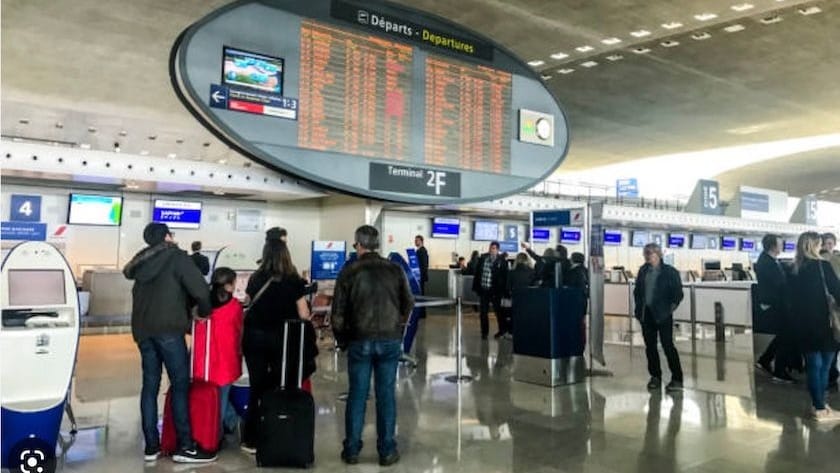
As these technologies mature, the concept of "responsive environments" will become increasingly realistic—venues that not only monitor and analyze crowd behavior but actively adapt their physical and operational characteristics in response to changing conditions, creating spaces that seem intuitively designed around visitor needs at every moment.
Conclusion
The integration of Physical AI and LiDAR technology for crowd analytics represents a fundamental shift in venue management—moving from static, reactive approaches to dynamic, proactive optimization based on comprehensive spatial intelligence. This transformation affects every aspect of venue operations, from security and safety to visitor experience and operational efficiency.
The capabilities discussed throughout this article—real-time monitoring, predictive forecasting, spatial intelligence, and data-driven decision making—collectively enable venues to create experiences that feel simultaneously more efficient and more personalized. Visitors benefit from reduced wait times, intuitive wayfinding, and environments that seem naturally designed around their needs, while venue operators gain unprecedented control over resource allocation and operational performance.
For venue operators considering the implementation of advanced crowd analytics, the path forward involves careful planning, clear objectives, and a phased approach that builds expertise and demonstrates value incrementally. By partnering with experienced providers like Outsight and learning from successful implementations across various venue types, organizations can navigate the transition effectively and realize the full potential of these transformative technologies.
The future of venue management lies in creating spaces that understand and respond to human behavior in real time—environments that seem intuitively designed around visitor needs while operating with unprecedented efficiency and effectiveness. Through the thoughtful application of Physical AI and LiDAR technology, that future is increasingly within reach for venues of all types and sizes.
LiDAR INSIGHTER Newsletter
Join the newsletter to receive the latest updates in your inbox.






